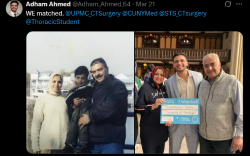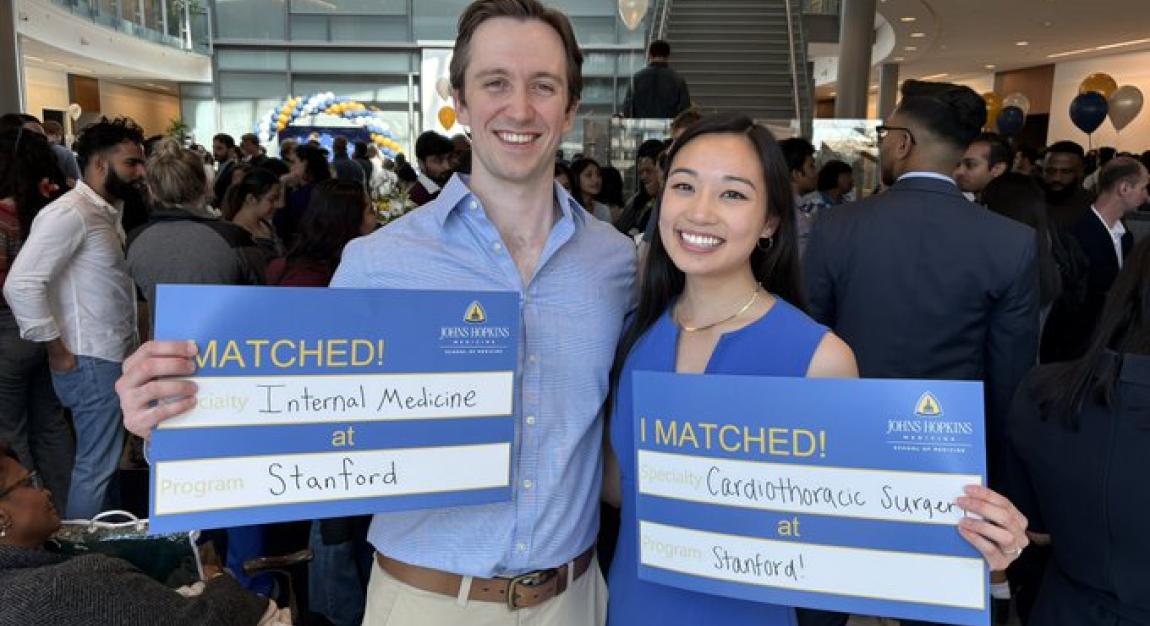March 21, Match Day, marked a significant milestone for the future of healthcare, as the 2025 Main Residency Match—organized by the National Resident Matching Program (NRMP)—set a record as the largest and most competitive match in its 73-year history. With 52,498 applicants competing for 43,237 positions, the event saw a remarkable 4.7% increase in active applicants compared to the previous year, signaling the rising demand for residency spots across all specialties.1

Among the standout trends was the unprecedented surge in interest in thoracic and vascular surgery, both of which achieved a historic 100% fill rate for the first time. This achievement reflects the growing popularity of these highly specialized fields, with many positions filled by senior medical students. The number of certified applicants also grew by 5.3% compared to 2024, indicating that more medical graduates are pursuing specialized fields such as cardiothoracic surgery.2
As the demand for residency positions continues to rise, medical institutions are expected to expand their programs to meet this increased interest. To facilitate this growth, the NRMP has implemented several policy updates and technological enhancements to streamline the residency matching process. Key updates include the removal of the AAMC ID requirement in the Registration, Ranking, and Results® (R3®) system, along with improvements to the Supplemental Offer and Acceptance Program (SOAP), which helps unmatched applicants secure residency positions.3 These innovations are designed to improve the overall efficiency, transparency, and success rate of the residency match process, ensuring that more qualified applicants can find positions in their desired specialties.
1 Source: National Resident Matching Program (NRMP)
2 Source: Becker’s Hospital Review
3 Source. Thalamus
